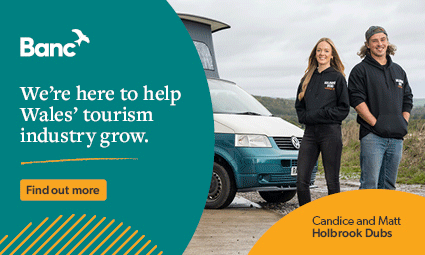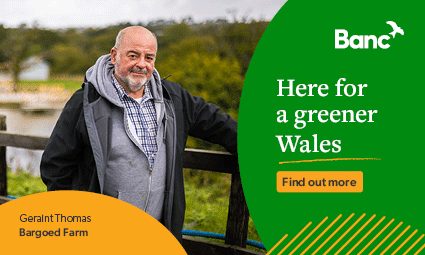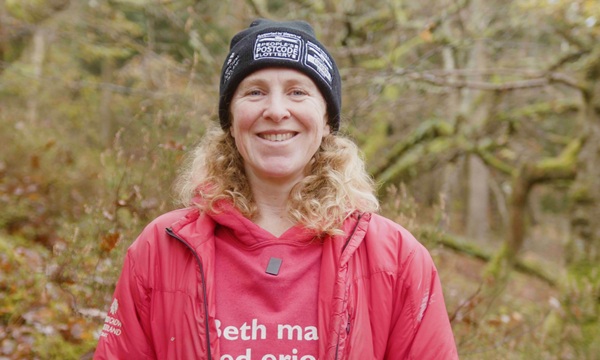Circular Living strategies can help businesses to improve their financial performance and mitigate against future uncertainties linked to climate change, a report has found.
Produced by global environmental action organisation WRAP and OC&C Strategy Consultants, the report, Are Businesses Leaving Money on the Table? – Creating Value through Circularity, examines how a range of Circular Living strategies are now becoming more commonplace in UK boardrooms.
It suggests that early adopters are benefiting from revenue growth, competitive advantages and cost saving. Since 2020, circular industries have been growing 3.1%pts faster than linear industries and circular-native businesses have been growing up to two times faster than linear competitors. The report also warns that many are missing out and risk future disruption linked to supply chain insecurities if they continue business as usual.
Catherine David, WRAP CEO, said:
“Circular Living strategies are now firmly established in many businesses – large and small – but many more are missing out on the benefits they offer. Here we show how Circular Business Models can build resilience, unlock growth and help secure customer retention by staying relevant in an ever-changing marketplace. Our report highlights the key strategies and rewards they’re delivering and is essential reading for any business wishing to future-proof itself.”
The report shows that awareness of Circularity is relatively high in businesses and details how it’s helped improve financial performance, mitigate against supply chain risks, opened new business opportunities and enabled businesses to become more policy compliant.
Ewan Parry, Parter at OC&C Strategy Consultants, said:
“Our research uncovered that businesses pursuing circularity are benefiting much more than just improving their “green credentials”. Adopting Circularity can unlock real commercial value across a wide range of businesses, from driving new revenue streams, to boosting customer retention and loyalty, whilst also providing supply chain efficiencies. While circular initiatives are not one-size-fits-all, we’ve seen that when circular strategies are carefully designed and targeted, they can deliver tangible commercial benefits to businesses. For many companies, the next step is moving from awareness to action: embedding circularity in ways that supports long-term growth and competitive advantage.”
Circular Living Strategies separate value creation from spiralling overconsumption of virgin raw materials. It is a design-make-reuse approach that helps to reduces waste and carbon emissions from products. For businesses, it means optimising design, prolonging product life and enabling effective recycling through more resource efficient production methods, and circular business models. For people, Circular Living is about purchasing with greater consideration and extending product life through repair and resale.
WRAP and OC&C Strategy Consultants found that circular design initiatives are the most common Circular strategies within the businesses assessed, with 60% now designing products for durability or repairability. Investors were also found to be seeking out circular business models. The report identified 184 financial investments made in circular economy ventures in 2023, an increase of 42% on 2022. Investment volume growth saw a 34% per annum rise between 2018-22.
It identified eight common value drivers where circularity delivers tangible commercial impact across a wide range of businesses. These generate additional revenue streams, provide competitive differentiation, unlock new customer segments, increase consumer and brand loyalty, increase supply chain resilience, reduce costs, meet sustainability regulation / targets and meet board / investor requirements.
The report highlights multiple opportunities through a range of real-life case studies:
- Designing lasting products with repairability offers commercial benefits of fewer returns, lower warranty claims, strong brand equity and engages customers beyond the purchase through repair services, upgrades and resale programmes.
- Miele design products with a 20-year life expectancy compared to the 10-15-year market average allowing the company to command a price premium of 25-50% on competitors.
- Currys repair service allows it to compete with online players who don’t repair. It carried out 1.4m repairs in 2023/4 comprising 15% of revenue.
- Rental and product-as-a-service (PaaS) are helping businesses extract more value from products.
- Philips offers hospitals MRI scanners as a service, not equipment. This delivers operational and commercial value with 35% of issues resolved remotely with an 82% first-time fix rate reducing downtime by 14%, unlocking 135 extra hours of scanner availability per year. Now 24% of revenue is Circular today (+c.10ppt vs. 2020 when the service launched).
- Optimising production and inventory
- Lidl UK uses AI to improve fresh food forecasting. Lidl has been able to reduce store waste by 43% since 2016, avoiding more than 9k tonnes of waste.
- Refurbishment and resale are becoming commonplace.
- Apple’s certified refurbished programme uses value-add services (authentic parts only, AppleCare+) to extract higher residual value (c.85% vs third-party refurbishers). Apple refurbished 12.8m devices in 2023, contributing 3% sales volume.
The report assesses public uptake of Circular Living habits and found that 78% of people participated in at least one Circular activity in the last year (excluding recycling). It found that while 43% of people would happily pay more for products and services with a lower environmental impact (+13% average price uplift), messaging about environmental impacts alone is not enough to mean they will, and economic and convenience factors are critical when developing circular business alternatives.














